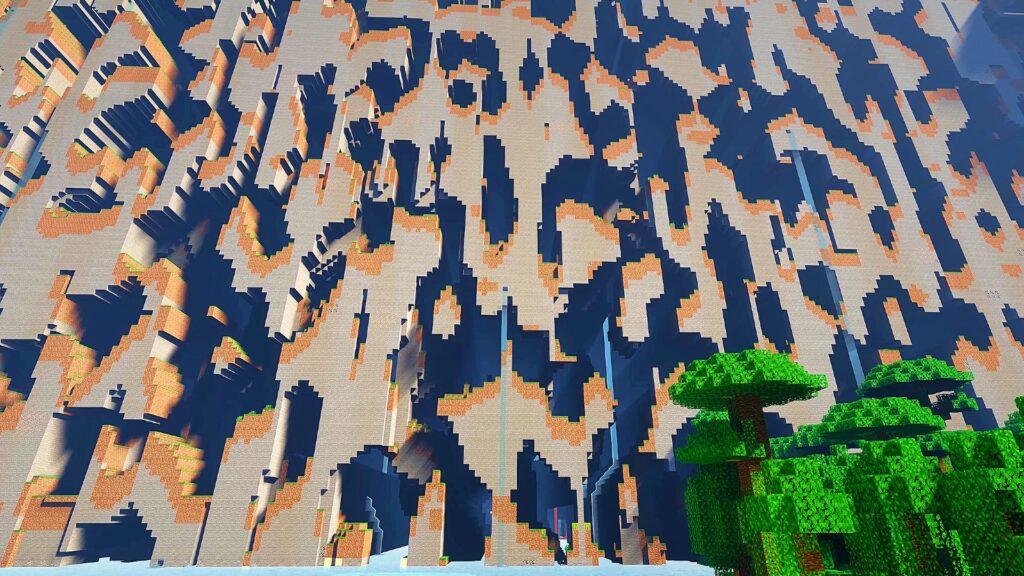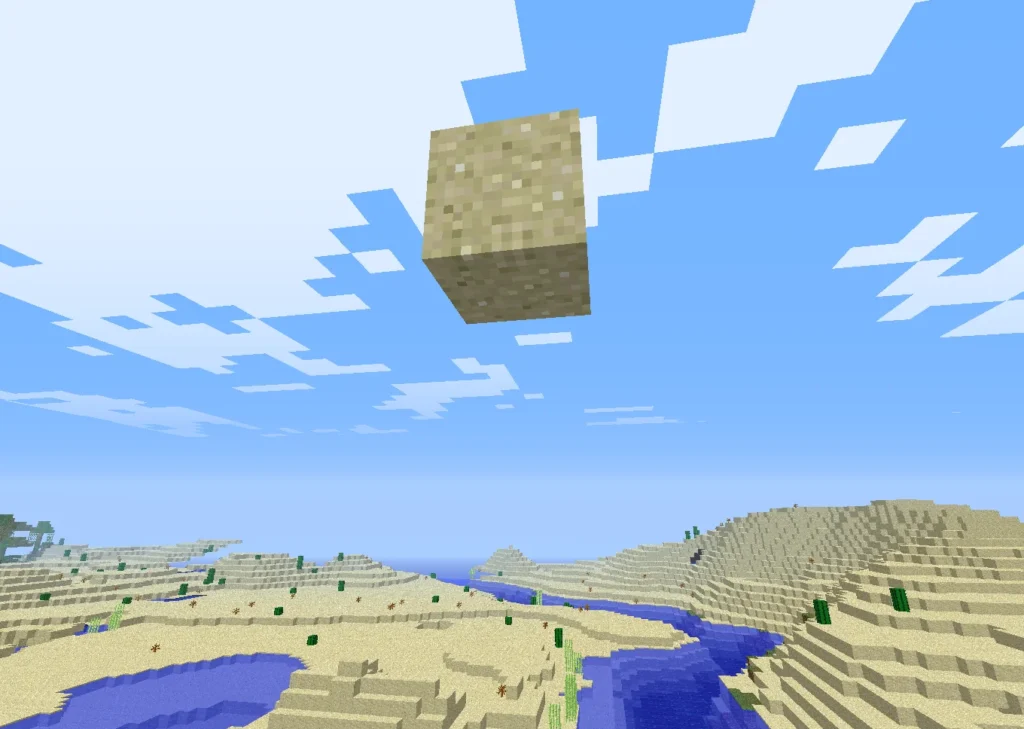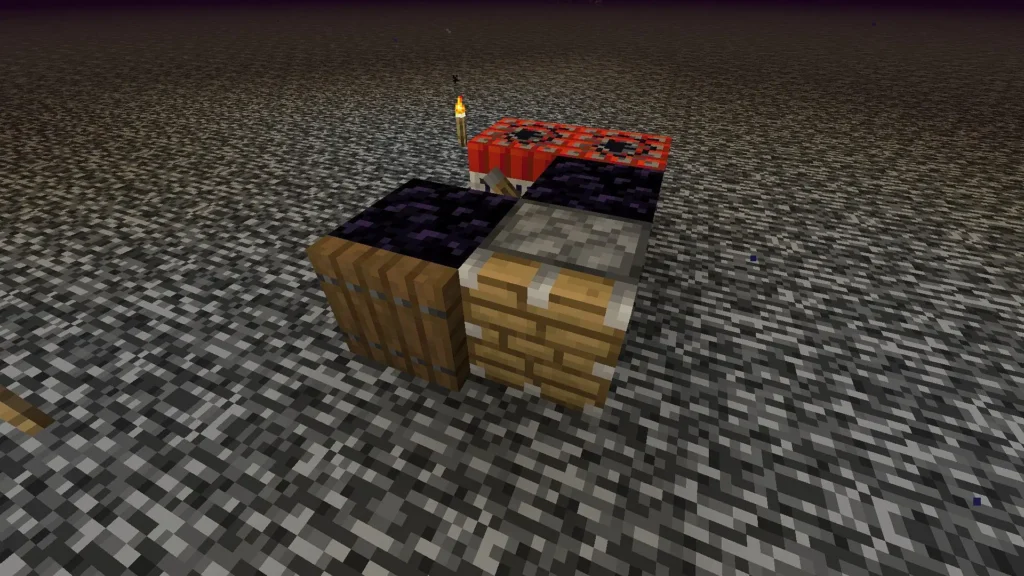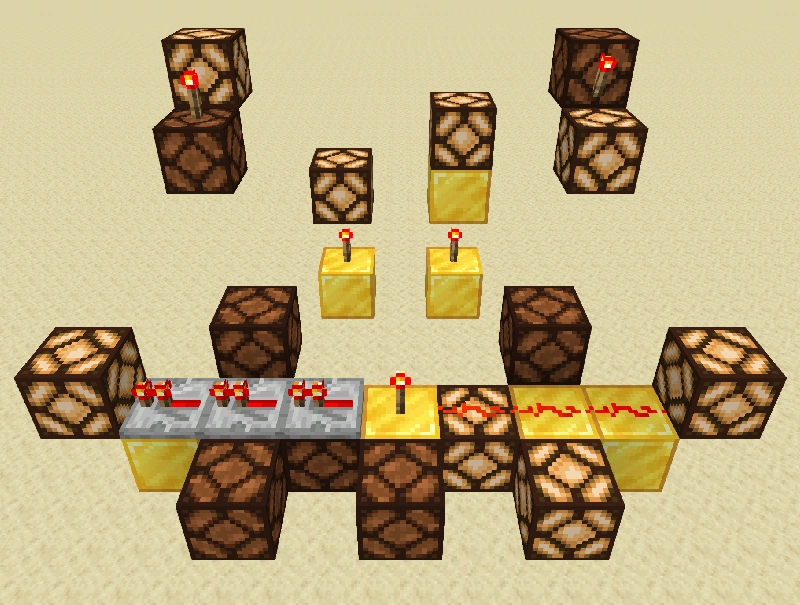The Strangest Minecraft Glitches and Exploits
Sometimes, perfection isn’t what makes a game unforgettable: it’s the chaos.
Minecraft is known for its endless creativity, survival challenges, and iconic blocky charm. But beneath the surface, it has also been home to some of the weirdest, funniest, and most mind-bending glitches in gaming history. From worlds that break reality to bugs that became beloved features, here’s a dive into the strangest Minecraft glitches and exploits that have left players both baffled and delighted..
World-Bending Oddities
Some glitches don’t just break the game: they break the world itself.
One of the most famous is The Far Lands, a bizarre, corrupted terrain that existed in older versions of Minecraft Java. Far out past 12 million blocks from spawn, the landscape would twist into impossible formations: floating pillars, gaping voids, and chaotic chunk walls. It wasn’t just a visual bug; it was like the game had lost its grip on reality.
Then there are chunk errors, where loading hiccups cause entire sections of the map to be replaced with mismatched terrain, creating eerie, disjointed landscapes. Some players even save these worlds like rare collector’s items. And in certain seeds or versions, explorers have reported infinite loops, where walking in one direction eventually drops you back where you started: a Minecraft version of a Twilight Zone episode.
You quickly learn: cobblestone walls, wooden doors, a reseeded farm. A humble threshold into the larger world of building.

Item Duplication Shenanigans
If there’s one category of glitch players have always chased, it’s the ability to duplicate items. Over the years, Minecraft has seen a buffet of duping methods: some simple, some ridiculously complex.
In early versions, players could use TNT duplication to generate infinite explosives, leading to everything from massive quarries to total server chaos. Rails had their own duplication bug, letting players stockpile thousands of tracks in seconds. Then there’s minecart stacking, where carts could overlap in the same block, sometimes multiplying when separated.
While Mojang has patched most of these, item duping remains a sort of “holy grail” for exploit hunters: a glitchy tradition that refuses to die.
You quickly learn: cobblestone walls, wooden doors, a reseeded farm. A humble threshold into the larger world of building.

Physics That Forgot Physics
Minecraft has rules: gravity pulls sand and gravel down, water flows naturally, boats stay on the water… except when the game decides otherwise.
Floating sand is one of the earliest and strangest sights in the game: entire dunes suspended in mid-air, only collapsing when touched. Some players turned this into art, building massive floating sculptures before setting them cascading into the ground.
Then there’s the glitchy flying boat, a bug where boats could launch into the sky if placed just right. Entire communities experimented with sky-sailing before it was patched, proving that Minecraft physics can be more creative than real physics.
You quickly learn: cobblestone walls, wooden doors, a reseeded farm. A humble threshold into the larger world of building.

Mob Mayhem
Not all glitches happen to blocks: sometimes, the creatures of Minecraft go rogue.
Villagers are notorious for teleporting through walls, especially in early versions where pathfinding was… questionable. Sheep once had a bug where their wool colors could cycle endlessly, creating living rainbow flocks. And occasionally, mobs would duplicate or vanish entirely, leading to theories about “ghost mobs” haunting servers.
For survival players, these bugs could be frustrating: but for storytellers, they were pure gold.
You quickly learn: cobblestone walls, wooden doors, a reseeded farm. A humble threshold into the larger world of building.
Bedrock Breakers
Bedrock is supposed to be Minecraft’s ultimate boundary: the unbreakable block at the bottom of the world. But players have always taken “unbreakable” as a challenge.
Over the years, clever exploit hunters discovered piston-based methods, end portal tricks, and even block update glitches that could delete bedrock entirely. Why do it? For some, it’s about accessing the void. For others, it’s a flex: proof you’ve beaten the game’s final limitation.
You quickly learn: cobblestone walls, wooden doors, a reseeded farm. A humble threshold into the larger world of building.

When Glitches Became Features
Some bugs were so loved that Mojang decided to keep them.
One of the most famous is quasi-connectivity in redstone: a “wrong” signal behavior that became essential for certain contraptions. Another is block ghosting, where breaking a block briefly leaves a phantom version before disappearing: now a familiar visual quirk.
These “happy accidents” became part of Minecraft’s DNA, blurring the line between bug and feature. They remind us that sometimes, a little imperfection can make a game even more perfect.
You quickly learn: cobblestone walls, wooden doors, a reseeded farm. A humble threshold into the larger world of building.

The Beauty of Broken Minecraft
Glitches and exploits aren’t just mistakes: they’re windows into the game’s weirdest possibilities. They inspire curiosity, creativity, and the occasional chaotic explosion. Whether you’ve stumbled across a floating desert, discovered a secret dupe method, or just watched a sheep turn into a rainbow, these moments are proof that Minecraft’s magic comes not just from what it was built to do… but from the things it was never meant to do at all.
